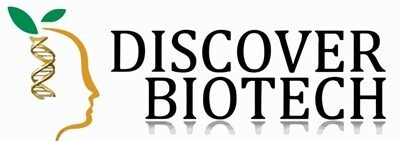The Purple and Green Phototrophic Bacteria
In this article, I briefly describe the purple and green phototrophic bacteria. Phototrophic Bacteria These are a group of bacteria that derive their energy for growth from sunlight, and their source of carbon comes from carbon dioxide or organic carbon. The phototrophic bacteria can be categorized into two groups, i.e., anoxygenic phototrophic bacteria and oxygenic … Read more >>


